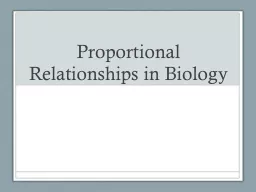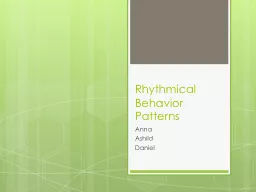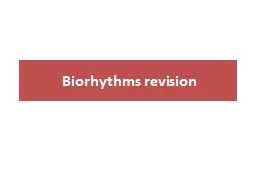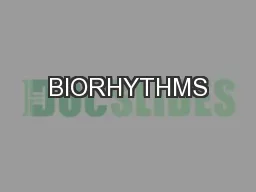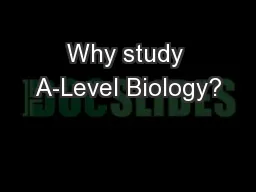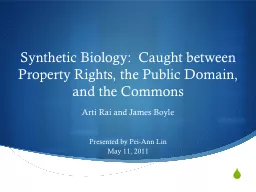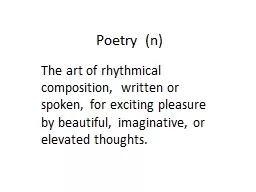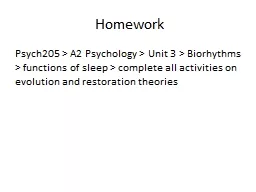PPT-BIORHYTHMS Biology is RHYTHMICAL!!
Author : carla | Published Date : 2023-05-29
Biological rhythm periodic biological fluctuation in an organism that corresponds to and is in response to periodic environmental change Examples of such change
Presentation Embed Code
Download Presentation
Download Presentation The PPT/PDF document "BIORHYTHMS Biology is RHYTHMICAL!!" is the property of its rightful owner. Permission is granted to download and print the materials on this website for personal, non-commercial use only, and to display it on your personal computer provided you do not modify the materials and that you retain all copyright notices contained in the materials. By downloading content from our website, you accept the terms of this agreement.
BIORHYTHMS Biology is RHYTHMICAL!!: Transcript
Download Rules Of Document
"BIORHYTHMS Biology is RHYTHMICAL!!"The content belongs to its owner. You may download and print it for personal use, without modification, and keep all copyright notices. By downloading, you agree to these terms.
Related Documents



